

Articles
Do Mirrors Show How You Really Look
Modified: February 17, 2024
Discover articles on how mirrors can show you your true reflection and uncover the truth about how you really look. Explore practical tips and insights today!
(Many of the links in this article redirect to a specific reviewed product. Your purchase of these products through affiliate links helps to generate commission for Storables.com, at no extra cost. Learn more)
Introduction
In our daily lives, we often catch a glimpse of ourselves in mirrors. Whether it’s at home, in public restrooms, or even on our smartphones, mirrors play a crucial role in shaping how we perceive our own appearance. But have you ever wondered if the image you see in the mirror truly reflects how you look to others?
Mirrors, both ordinary and magical, have fascinated humans for centuries. They allow us to see ourselves from the outside, providing us with an external perspective of our own physical appearance. However, understanding the science behind mirrors and how they influence our perception of self can reveal intriguing insights into the way we view ourselves.
In this article, we will explore the physics of mirrors, how our brain processes mirror images, and the factors that influence our perception of self-image. We will also delve into the psychological effects of mirrors, such as body dysmorphic disorder, and examine cultural differences in the perception of beauty. Furthermore, we will discuss the impact of social media on self-image and provide helpful tips for developing a positive body image.
So, take a moment to step into the world of mirrors and discover how they shape our perception of ourselves.
Key Takeaways:
- Embrace diversity and challenge societal beauty norms to foster a positive body image. Celebrate unique qualities and prioritize self-acceptance beyond unrealistic standards and comparisons.
- Cultivate self-compassion, practice self-care, and surround yourself with positive influences to develop a healthier relationship with your body. Emphasize strengths and celebrate individuality beyond appearance.
Read more: Why Do Gym Mirrors Make You Look Good
The Physics of Mirrors
Before we delve into the psychological aspects of mirrors, let’s first explore the physics behind them. A mirror is a polished, smooth surface that reflects light, allowing us to see our own reflection.
One of the fundamental principles of optics that explains how mirrors work is the law of reflection. According to this law, when light waves hit a mirror, they bounce off at an angle that is equal to the incident angle. In simpler terms, the angle at which the light waves hit the mirror is the same angle at which they reflect off.
Mirrors come in various forms, including plane mirrors, concave mirrors, and convex mirrors. Plane mirrors, like the ones we commonly encounter in our everyday lives, have a flat reflective surface. When light rays hit a plane mirror, they bounce off in a predictable manner, creating an image that appears to be behind the mirror.
Concave mirrors, on the other hand, have a curved inward surface. These mirrors can focus light rays and create magnified or distorted images depending on the distance between the object and the mirror. Convex mirrors, with their curved outward surface, have a wider field of view but produce smaller, more distorted images.
Understanding the physics of mirrors can help us grasp the mechanics of reflection and how it influences the images we perceive. However, it is important to note that the physics of mirrors alone does not fully explain how we interpret and perceive our own reflection. Our perception is not solely based on the physical properties of the mirror, but also on the complex workings of our brain and mind.
Reflection and Perception
When we look into a mirror, we are presented with a reflection of ourselves. However, the way we interpret and perceive that reflection can vary greatly from person to person.
Our perception of our own reflection is influenced by a multitude of factors. Firstly, our self-image, which is the mental picture we have of ourselves, plays a significant role in how we interpret what we see in the mirror. If we have a positive self-image, we are more likely to perceive our reflection in a positive light. Conversely, if our self-image is negative or distorted, we may find it difficult to see ourselves objectively.
Additionally, our emotions and mood can impact how we perceive our reflection. If we are feeling confident and happy, we are more likely to view ourselves in a positive manner. On the other hand, if we are feeling down or insecure, we may be more critical when examining our reflection.
Another factor that affects our perception of our own reflection is our level of familiarity with mirrors. Studies have shown that people who are more accustomed to seeing themselves in mirrors tend to have a higher level of self-acceptance and are less likely to be negatively influenced by their reflection.
It is also worth noting that our perception of our reflection can be influenced by societal ideals and cultural standards of beauty. If society places a high value on certain physical attributes, such as slimness or muscularity, we may view our reflection through the lens of these societal expectations. This can lead to feelings of dissatisfaction or a distorted perception of our own appearance.
Ultimately, our perception of our reflection is subjective and can be influenced by a variety of factors. It is important to approach our reflection with a critical yet compassionate mindset, recognizing that what we see in the mirror is just one aspect of our overall identity.
How Our Brain Processes Mirror Images
When we look at ourselves in the mirror, our brain plays a crucial role in processing and interpreting the image we see. The complex process of visual perception involves the integration of sensory information and cognitive processes.
When light waves bounce off our bodies and reach the mirror, they create an inverted mirror image. However, when we perceive this image, our brain automatically corrects the orientation and presents us with an upright reflection. This correction occurs because our brain has learned to interpret mirror images based on our previous experiences.
One of the brain regions involved in processing mirror images is the primary visual cortex, located in the occipital lobe. This region receives and processes visual information, including mirror reflections. As the information travels through the visual pathway, it undergoes intricate neural processing, involving pattern recognition, object identification, and spatial orientation.
Another important brain region is the fusiform face area (FFA). This area is specifically dedicated to processing facial features and plays a crucial role in recognizing our own faces in the mirror. Studies have shown that the FFA is more active when we look at our own faces compared to the faces of others, indicating a specialized mechanism for self-face processing.
Beyond the involvement of specific brain regions, our brain incorporates our previous knowledge and experiences to enhance our perception of the mirror image. This includes our familiarity with our own facial features, body shape, and postural cues. Over time, we develop a mental representation of ourselves, or a “body schema,” which allows us to recognize our reflection as belonging to our own self.
Furthermore, our brain also takes into account visual feedback and proprioceptive information, which is the sense of body position and movement. This helps us coordinate our movements and adjust our posture based on what we see in the mirror, allowing us to make real-time adjustments to our appearance.
Overall, our brain processes mirror images through a combination of visual processing, pattern recognition, and integration of sensory and cognitive information. This intricate process allows us to perceive and interpret our reflection as a representation of our own self.
Factors Influencing Perception of Self-image
The perception of our self-image, as reflected in the mirror, is influenced by a wide array of factors. These factors can significantly impact how we view ourselves and can shape our overall self-esteem and body image.
One key factor that influences the perception of our self-image is societal standards of beauty. Society often promotes certain physical features or body ideals as desirable, and these standards can deeply influence how we perceive ourselves. If we hold ourselves up to these ideals and do not meet them, we may experience feelings of inadequacy or dissatisfaction with our own appearance.
Our personal experiences and relationships also play a significant role in shaping our perception of self-image. The feedback we receive from family, friends, and peers can greatly impact how we view ourselves. Positive feedback and encouragement may boost our self-esteem, while negative comments or criticism can lead to self-doubt and negative self-perception.
Our cultural background and upbringing can also contribute to how we perceive our self-image. Different cultures have varying ideals of beauty and body preferences. Growing up in a culture that places high value on a specific body type or appearance can influence our own perception and acceptance of our bodies.
Media portrayal and representation of beauty ideals can have a profound impact on our self-perception. Images of “perfect” bodies and airbrushed models are prevalent in advertisements, movies, and social media. Constant exposure to these images can create unrealistic expectations and lead to negative self-comparisons, potentially affecting our self-esteem and self-image.
Another influential factor is our own internal dialogue and self-talk. The way we speak to ourselves and the thoughts we have about our bodies can significantly impact our self-perception. Negative self-talk, such as constantly criticizing or focusing on perceived flaws, can create a distorted and negative self-image. Conversely, practicing self-compassion and positive affirmations can foster a more accepting and positive self-image.
It is important to recognize that the perception of self-image is subjective and can vary greatly from person to person. Our own unique experiences, personality traits, and values all shape how we perceive ourselves. Developing a healthy and positive self-image involves challenging societal ideals, fostering self-acceptance, and focusing on inner qualities and achievements rather than solely on external appearance.
When looking in a mirror, keep in mind that the image you see is a reversed and flattened version of yourself. It may not always accurately represent how you appear to others. It’s important to also consider how you feel and carry yourself, rather than solely relying on the reflection in the mirror.
Body Dysmorphic Disorder and Mirrors
While mirrors are a common tool for self-reflection, for some individuals, they can become a source of distress and perpetuate negative self-perception. Body Dysmorphic Disorder (BDD) is a mental health condition that involves an intense preoccupation with perceived flaws in one’s appearance, often leading to significant distress and impairment in daily life.
Individuals with BDD have a distorted perception of their own appearance, and mirrors can exacerbate their obsessive and negative thoughts about their flaws. When they look in the mirror, they tend to focus intensely on specific features they believe are flawed, such as their face, hair, skin, or body shape.
Furthermore, mirrors can become a compulsive checking behavior for individuals with BDD. They may spend excessive amounts of time examining their appearance in mirrors, searching for flaws, and attempting to correct or hide them. Unfortunately, this compulsive mirror checking often leads to increased distress and an amplified negative self-image.
It is important to note that mirrors do not cause BDD, but they can worsen the symptoms and the overall distress associated with the disorder. For individuals with BDD, avoiding mirrors may seem like a solution, but it is not a recommended long-term coping strategy. Avoidance can reinforce the preoccupation with flaws and hinder the opportunity for exposure and therapeutic interventions.
Treatment for BDD typically involves a combination of therapy and medication. Cognitive-behavioral therapy (CBT) is commonly used to help individuals challenge and reframe their negative thoughts and develop healthier perceptions of their appearance. In addition, selective serotonin reuptake inhibitors (SSRIs), a type of antidepressant medication, may be prescribed to help manage the obsessive and compulsive symptoms associated with BDD.
Support from professionals, such as therapists, psychiatrists, and support groups, can provide essential guidance and understanding for individuals with BDD. With proper treatment and support, individuals with BDD can learn to manage their symptoms, improve their self-perception, and lead more fulfilling lives.
It is important to approach BDD with empathy and understanding. If you or someone you know is struggling with BDD, seeking professional help is crucial, as it can make a significant difference in managing the disorder and promoting a healthier self-image.
Cultural Differences in Perception of Beauty
Beauty standards and perceptions of attractiveness vary across cultures and societies. What one culture considers beautiful may differ significantly from another culture’s ideals and preferences. These cultural differences in beauty standards can influence how individuals perceive and evaluate their own appearance.
In Western cultures, for instance, there is often an emphasis on thinness as the epitome of beauty for women. The media frequently promotes slim figures and lean bodies as the societal norm. This can contribute to widespread body dissatisfaction and a desire to conform to these ideals. Conversely, in some African and Pacific Island cultures, curvier or fuller figures may be seen as more attractive and desirable.
Facial features also vary in their perceived beauty across cultures. For example, in some East Asian cultures, a preference for pale or light skin is common, highlighting a history of associating fair skin with wealth, nobility, and social status. On the other hand, in some African and Caribbean cultures, darker skin tones are often considered attractive and celebrated.
Hair texture and style also differ in their perceived beauty across cultures. In many Western cultures, straight and sleek hair is often preferred, while in African and Afro-Caribbean cultures, natural hair and various styles such as braids, locs, and afros are valued and celebrated for their cultural significance.
Cultural differences in beauty standards can shape the ways in which individuals perceive their own appearance. Growing up in a particular culture can influence one’s understanding of what is considered attractive and desirable. It can also impact self-esteem and body image, as individuals may strive to meet societal expectations and conform to their cultural beauty standards.
However, it is important to recognize that beauty is a subjective and socially constructed concept. Appreciating and celebrating diversity in beauty can help challenge narrow beauty standards and promote a more inclusive and positive body image. Embracing cultural differences in beauty can lead to greater acceptance, self-compassion, and celebration of individual uniqueness.
Ultimately, cultural variations in perceptions of beauty serve as a reminder that beauty is multifaceted and should be valued in its diverse forms. Instead of striving to fit into a singular ideal, the celebration of cultural differences can foster a more inclusive and empowering environment for individuals to embrace their own unique beauty.
The Impact of Social Media on Self-image
Social media has revolutionized the way we connect and interact with others, but it has also had a significant impact on our self-image. Platforms such as Instagram, Facebook, and Snapchat are filled with idealized and curated representations of beauty and success, which can influence how we perceive ourselves.
One of the main ways social media affects self-image is through the constant exposure to carefully crafted and filtered images. Many individuals on social media present only their highlight reels, showcasing their best moments, flawless appearances, and glamorous lifestyles. This can create an unrealistic standard of comparison and lead to feelings of inadequacy or discontent with our own lives and appearances.
The prevalence of photo editing apps and filters further perpetuates an unattainable standard of beauty. These tools can alter facial features, smooth out imperfections, and change body proportions, presenting an idealized version of oneself. Constant exposure to digitally altered images can skew our perception of reality and undermine our self-esteem.
Moreover, social media platforms are often filled with content focused on physique, fitness, and beauty trends. Influencers and celebrities promote specific body ideals and beauty standards, which can lead to body dissatisfaction and the desire to conform to those standards. The pressure to attain the “perfect” body depicted on social media can contribute to disordered eating behaviors, body dysmorphia, and a negative self-image.
Social media also fosters a culture of comparison, as individuals are constantly comparing themselves to others’ seemingly perfect lives and appearances. This can lead to feelings of envy, self-doubt, and a diminished sense of self-worth. The constant exposure to others’ achievements and lifestyles can magnify our own insecurities and make us feel inadequate in comparison.
It is important to recognize the potential negative impact of social media on self-image and take steps to minimize its influence. This includes cultivating healthy social media habits, such as curating our feeds to include diverse and positive content, unfollowing accounts that trigger negative feelings, and focusing on genuine connections rather than surface-level validation.
Practicing digital detoxes, where we take breaks from social media, can also be beneficial for our mental well-being. Engaging in activities that boost self-esteem and promote self-care, such as exercise, hobbies, and spending time with loved ones, can help counteract the negative effects of social media on self-image.
Finally, it is crucial to remember that social media is a curated and filtered version of reality. Comparing ourselves to others on social media is an unfair comparison, as it often disregards the complexities and imperfections of everyday life. Embracing our own unique qualities and celebrating our individual journey can foster a healthier self-image and promote self-acceptance in the digital age.
Tips for Developing a Positive Body Image
Developing a positive body image is an ongoing process that requires self-acceptance, self-compassion, and a shift in perspective. Here are some tips to help foster a healthier and more positive relationship with your body:
- Practice self-care: Take care of your body by engaging in activities that make you feel good, such as exercise, getting enough sleep, and nourishing yourself with nutritious foods. Remember that self-care is not about achieving a certain appearance, but about prioritizing your overall well-being.
- Challenge societal beauty norms: Recognize that beauty comes in diverse forms and sizes. Challenge societal ideals and embrace the beauty of diversity. Surround yourself with diverse representations of beauty in media and seek out individuals who promote body positivity and inclusivity.
- Avoid negative self-talk: Be conscious of the way you speak to yourself. Replace negative thoughts and self-criticism with positive affirmations. Practice self-compassion and treat yourself with kindness and understanding. Remember that your worth is not based on your appearance alone.
- Focus on what your body can do: Shift your focus from solely on appearance to appreciating what your body can do for you. Celebrate its strength, resilience, and ability to carry you through life’s experiences. Engage in activities that make you feel strong and capable.
- Surround yourself with positive influences: Surround yourself with supportive and positive people who uplift and celebrate you for who you are, rather than how you look. Cultivate relationships that prioritize inner qualities, values, and personal growth.
- Limit exposure to unrealistic standards: Take breaks from social media or curate your feed to include positive and diverse content. Unfollow accounts that make you feel inadequate or trigger negative self-comparisons. Remember that social media is a highlight reel and does not represent reality.
- Seek professional help if needed: If your negative body image significantly impacts your daily life or mental well-being, consider seeking help from a therapist or counselor who specializes in body image issues. They can provide guidance and support tailored to your specific needs.
- Celebrate your individuality: Embrace your unique qualities and celebrate what sets you apart. Focus on your strengths, talents, and accomplishments beyond physical appearance. Practice gratitude for the amazing qualities and experiences that make you who you are.
Remember, developing a positive body image is a personal journey, and it may take time and effort. Be patient and kind to yourself as you work towards embracing and accepting your body with love and appreciation.
Conclusion
Our perception of ourselves, as reflected in mirrors, is shaped by a combination of factors, including physics, psychology, culture, and societal influences. Understanding these influences can help us navigate the complex relationship we have with our self-image.
The physics of mirrors demonstrates how light waves reflect off surfaces, allowing us to see our own reflection. However, our brain plays a crucial role in processing and interpreting these mirror images, taking into account our self-image, emotions, familiarity, and cultural influences.
Factors such as societal standards of beauty, personal experiences, and media portrayal significantly impact our perception of self-image. It is important to recognize the subjective nature of beauty and challenge unrealistic standards. Embracing cultural differences in beauty and celebrating diversity can foster a more inclusive and positive body image.
Social media, while providing a platform for connection, can also have a negative impact on self-image. Constant exposure to filtered and idealized images can create unrealistic comparisons and feelings of inadequacy. Developing healthy social media habits, practicing self-care, and cultivating self-acceptance are essential for maintaining a positive body image in the digital age.
Developing a positive body image is a journey that requires self-acceptance, self-compassion, and a shift in perspective. Practicing self-care, challenging negative self-talk, focusing on strengths, and surrounding ourselves with positive influences can contribute to a healthier relationship with our bodies.
Ultimately, developing a positive body image is about embracing and celebrating our unique qualities and valuing ourselves beyond appearance. It is about recognizing that true beauty comes in all shapes, sizes, and forms. By cultivating self-acceptance and promoting body positivity, we can enhance our overall well-being and live a more fulfilling life.
Frequently Asked Questions about Do Mirrors Show How You Really Look
Was this page helpful?
At Storables.com, we guarantee accurate and reliable information. Our content, validated by Expert Board Contributors, is crafted following stringent Editorial Policies. We're committed to providing you with well-researched, expert-backed insights for all your informational needs.

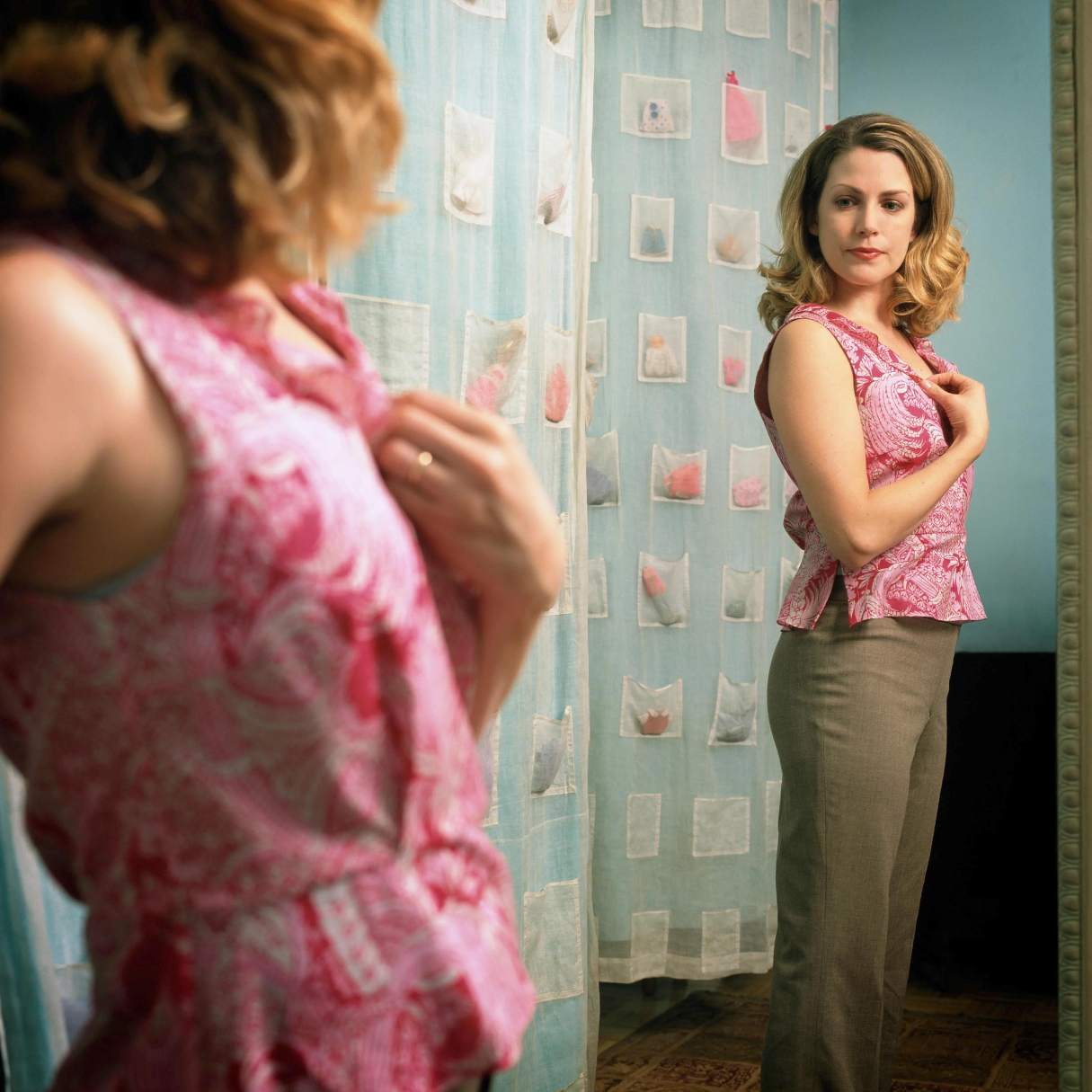
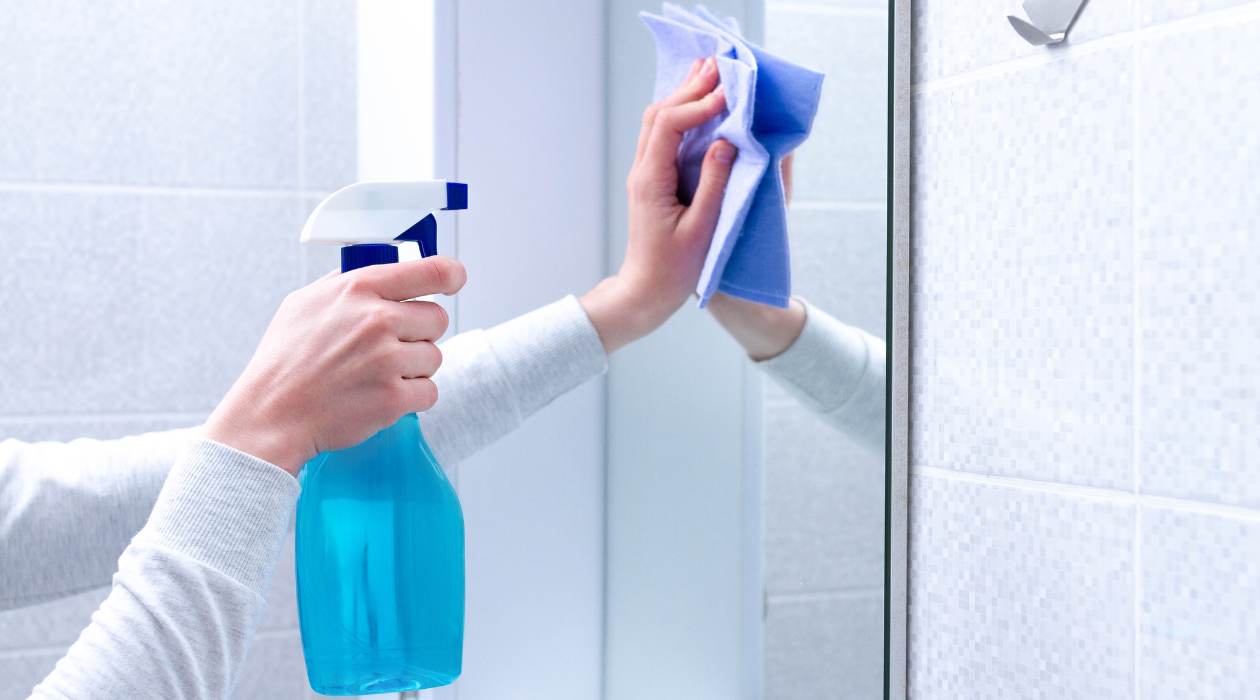


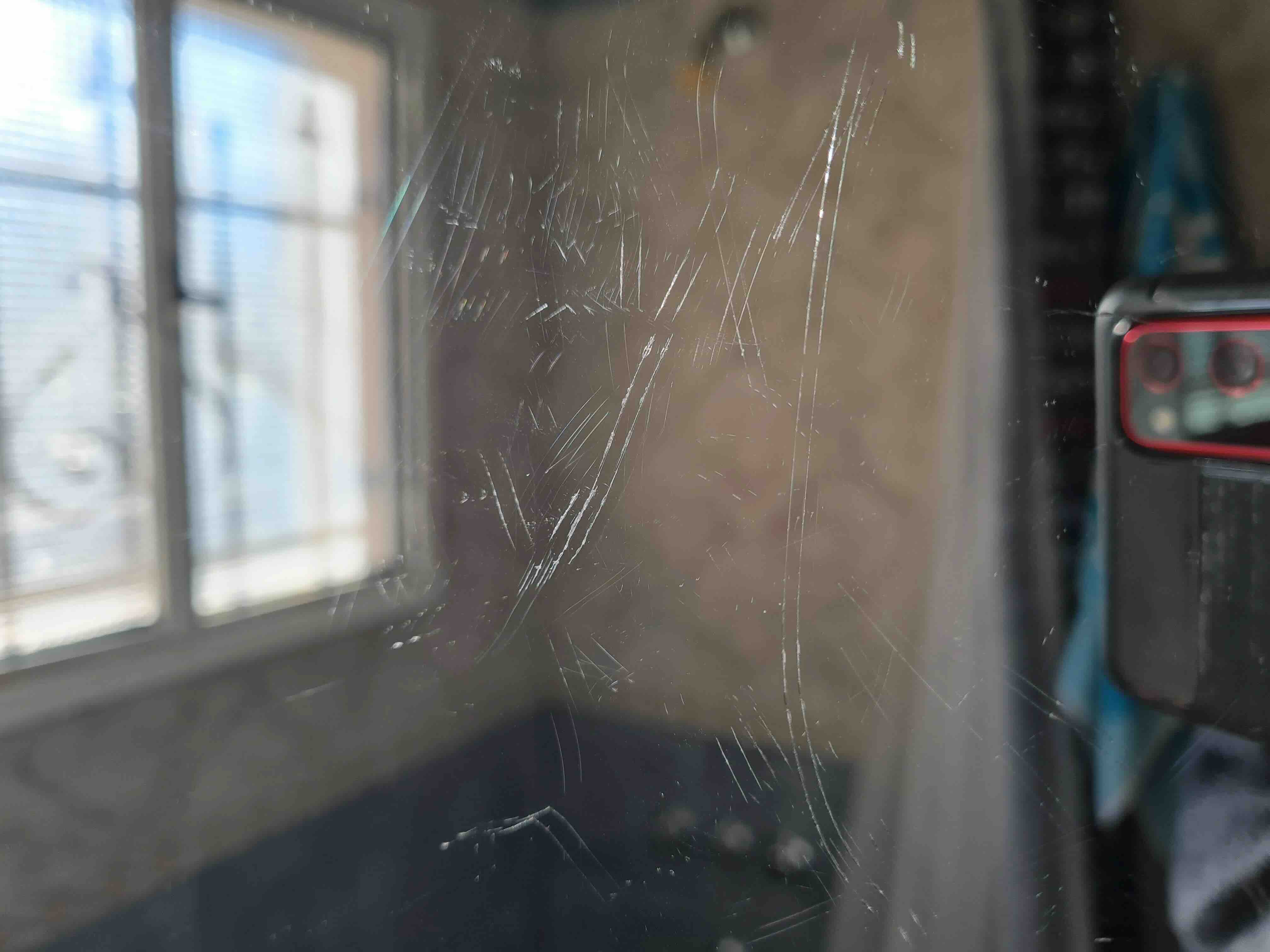
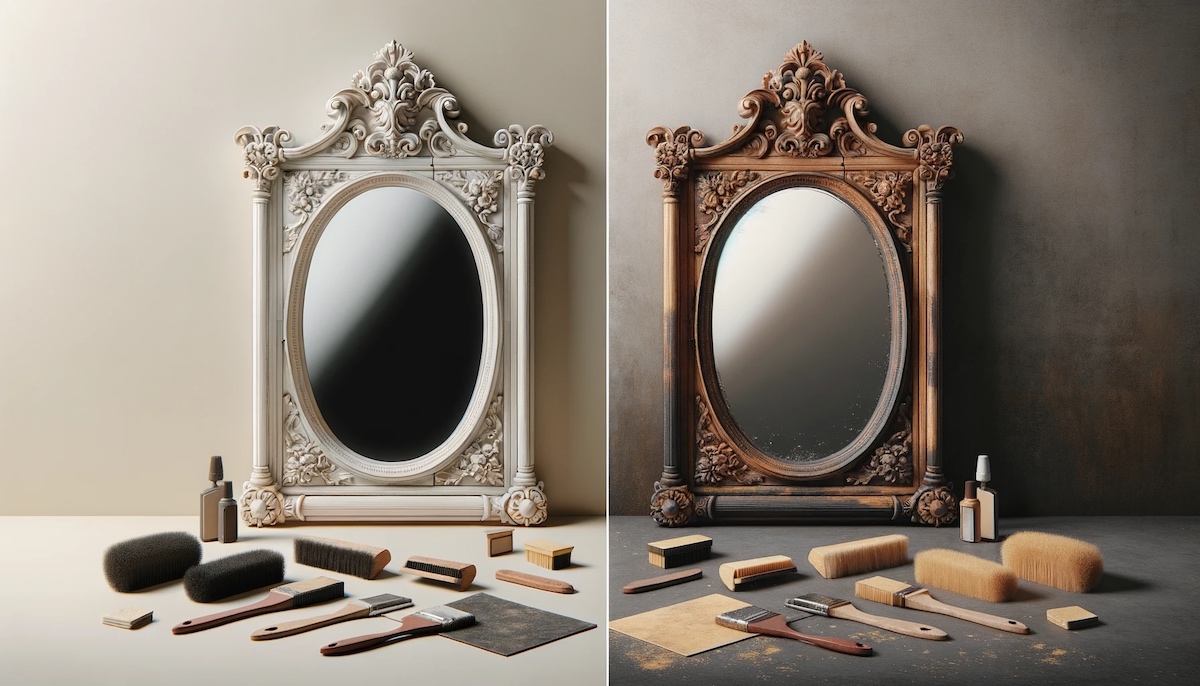
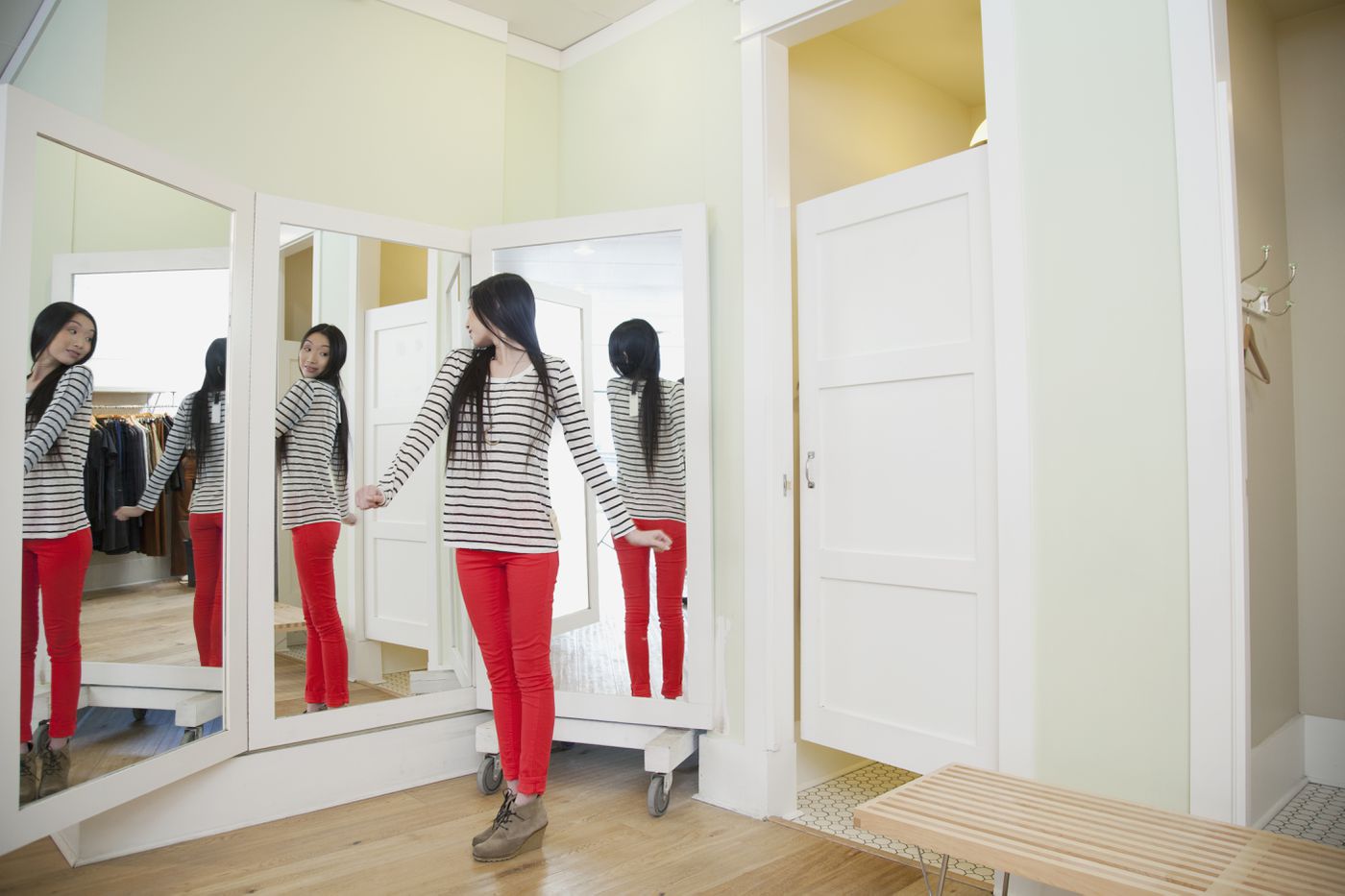
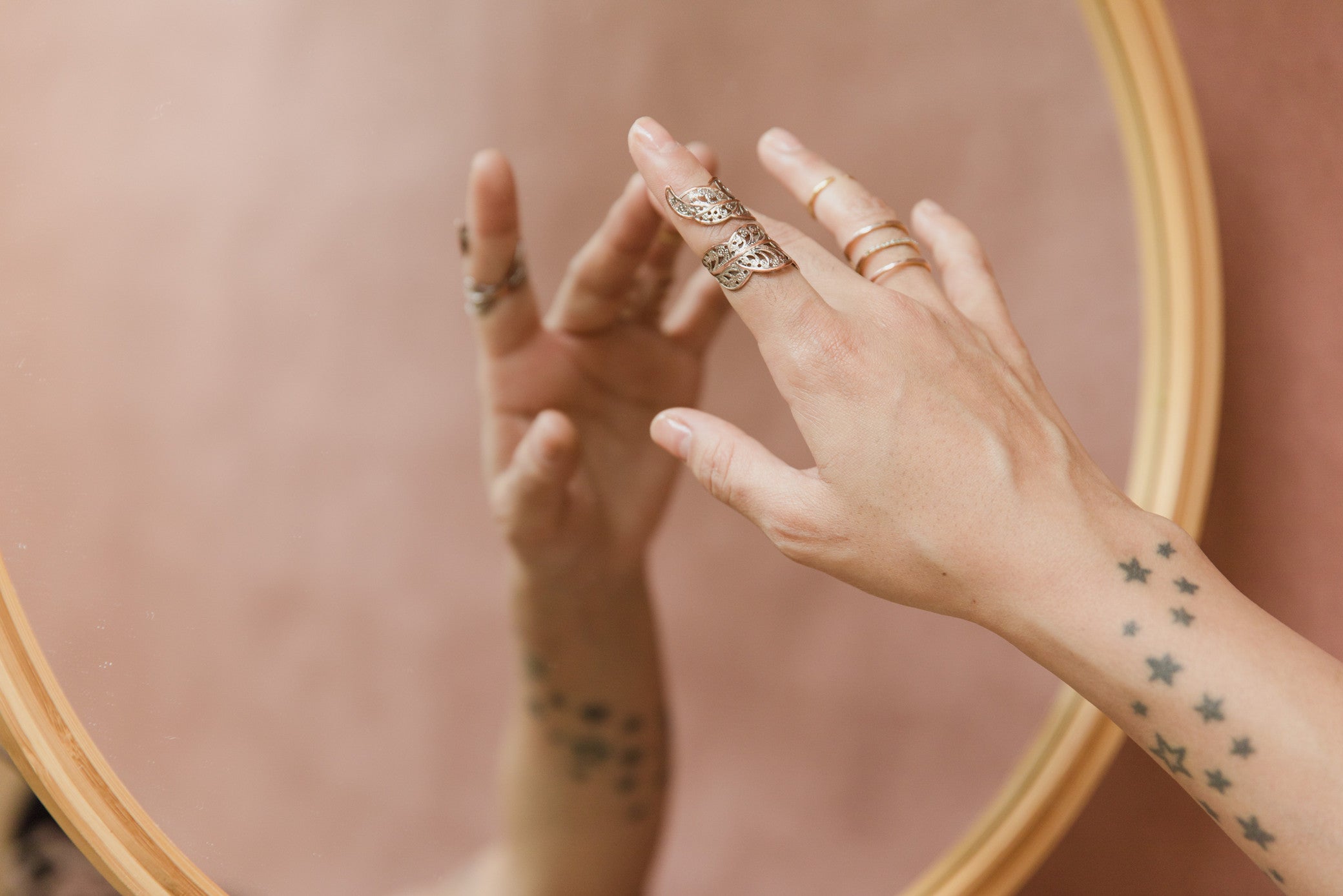
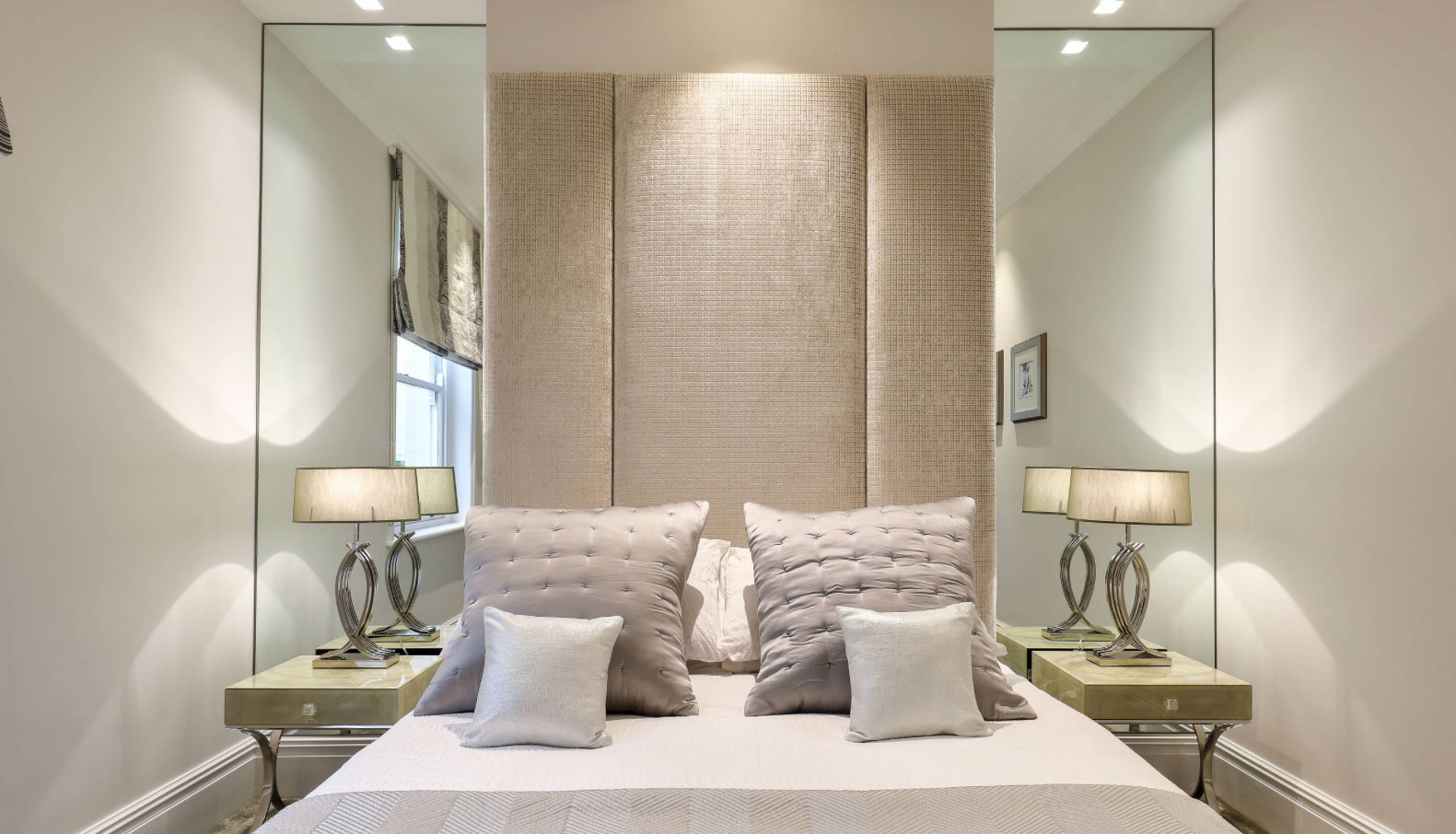
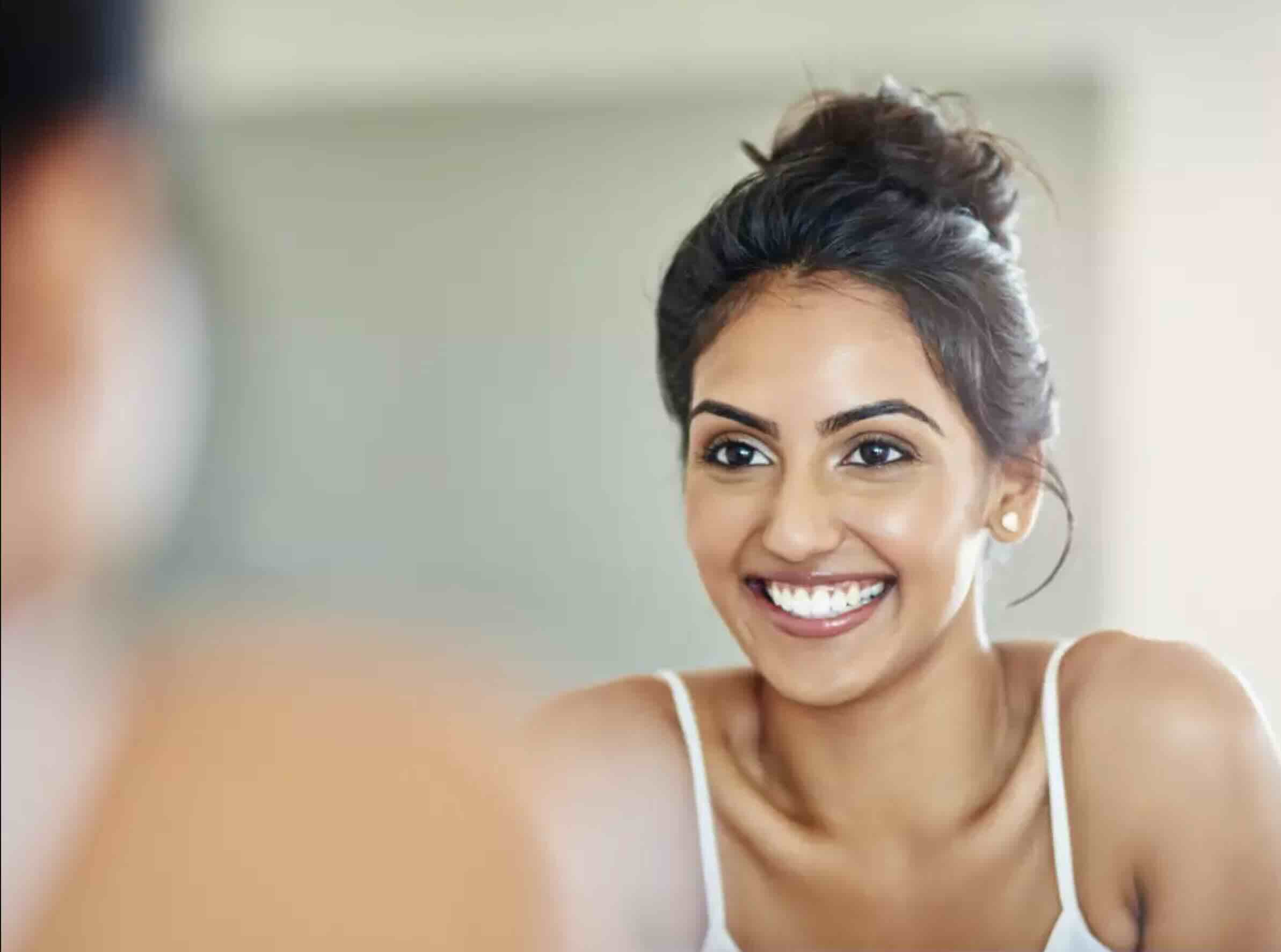
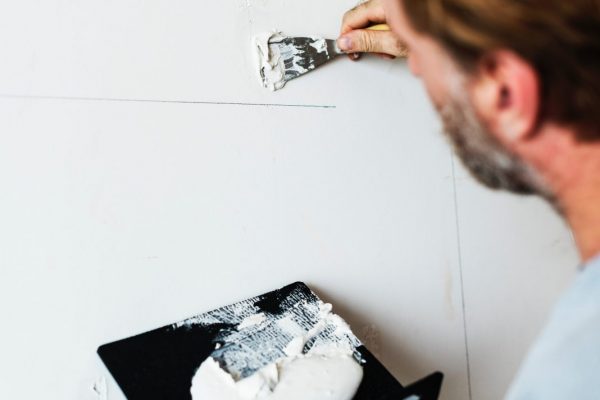


0 thoughts on “Do Mirrors Show How You Really Look”